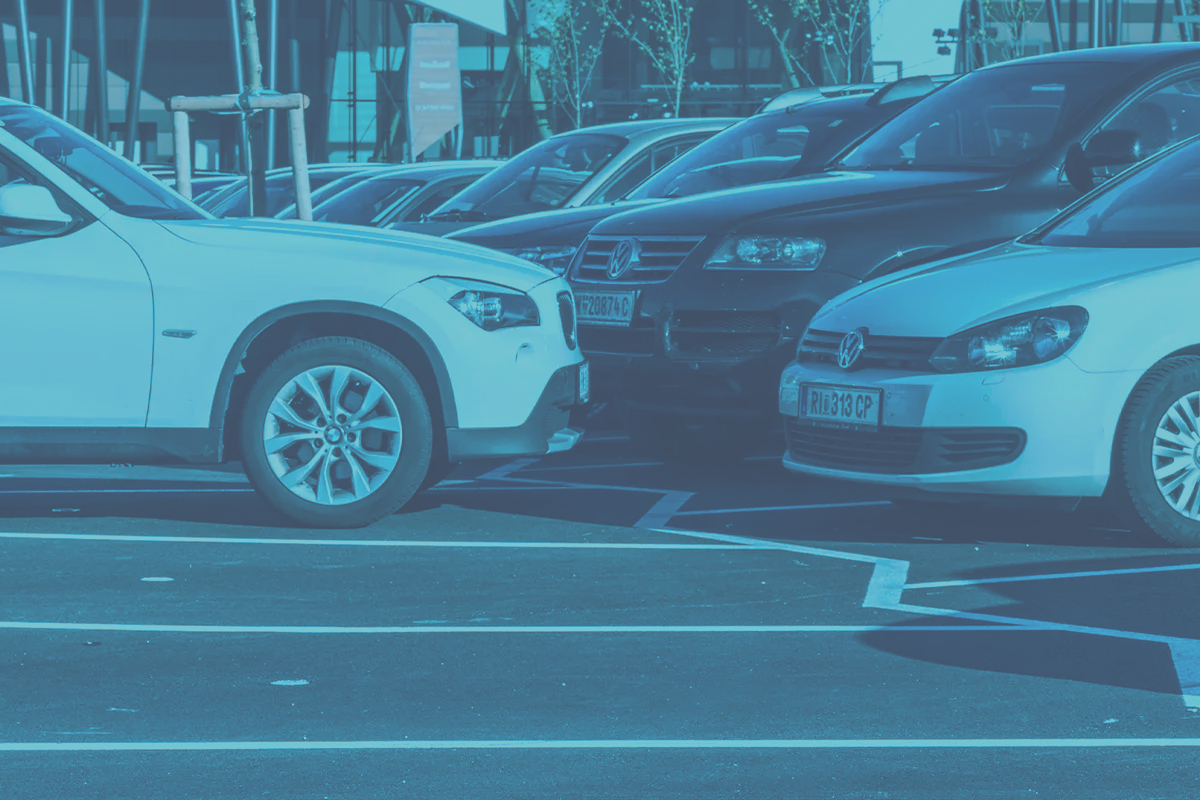Traffic in cities is a major problem that is exacerbated when there are not enough parking spaces available. Many people spend too much time circling the streets looking for parking, creating a vicious cycle that in turn increases air pollution. To put an end to it, smart parking solutions are implemented, designed to guide drivers to free spaces quickly, reducing congestion and pollutant gas emissions.
What is smart parking?
Smart parking solutions organize available parking spaces in cities using IoT technology embedded in devices such as sensors or cameras for real-time space-by-space detection. The data captured by the sensing devices is immediately displayed on mobile applications and variable signage panels that drivers have access to.
The systems are adjustable and scalable, i.e., parking spaces can be monitored to detect usage patterns and needs among the population, making it easier to relocate reserved spaces and make decisions regarding the overall infrastructure.
Benefits of smart parking in sustainable cities
Integrating smart parking solutions into a sustainable urban mobility plan helps make cities organized, clean and accessible to all types of people. These present strategies to solve the aforementioned complications, encouraging people to move more easily within the city.
1. Reduction of urban traffic
As mentioned earlier, much of the congestion is caused by people looking for a parking space. With smart parking, it is easy to know which spaces are free and in which area they are located to go directly there. This way, there are fewer cars circulating unnecessarily.
Better use of urban infrastructure
Cities, especially those with a historic center, tend to have little parking space, but this does not mean that it is insufficient. Smart solutions help to make better use of the available infrastructure, allow real-time data to be obtained on the real needs of the population, making it easier to detect what type of space is required in the area in question, when it is used and whether it is used correctly in order to take action.
3. Reduction of CO2 emissions
We know that the more cars drive around, the more gasoline they use and the more pollutants they release into the air we breathe, so helping them find parking spaces as quickly as possible with smart solutions helps reduce the amount of CO2 released into the atmosphere. Air quality improves considerably in Smart Cities, which is a great improvement in public health.
In addition, smart parking systems can encourage the use of cleaner transportation alternatives, such as public transport or active mobility, as well as include charging stations for electric cars.
4. Improved user experience
Smart parking makes parking much easier and faster, so users can better plan their routes and make the most of their time at the destination. Thanks to these IoT-enabled devices, they can get real-time information to find, and even pay as the case may be directly from the app, without having to deal with cash or search for vending machines in the area.
All these facilities reduce the frustration and stress that the current scenario causes in each of these people, so in addition to feeling better, they gain a good perception of the city and see the care it puts into its initiatives. The experience of driving around the city is considerably improved with smart parking solutions.

Urban parking guidance
Keys to integrating smart parking into urban mobility
For smart parking to work well within a sustainable mobility plan, three important things must be considered: the technology to be implemented, the regulations and management to be carried out, and citizen participation.
Technological infrastructure
The basis of a smart parking solution is the technology that makes it up, which may include the installation of sensors or cameras, digital platforms or payment systems. Depending on the needs and characteristics of the city, one or the other can be chosen, whichever is more convenient according to these variables.
Integration with other mobility solutions
Although it can, smart parking systems should ideally work hand in hand with other forms of transportation in the city. These solutions are a great tool to encourage the use of public transport. Therefore, it is key to locate them strategically so that the population can have access to such alternatives and can make combinations that are more economical for them, on the one hand, and reduce the circulation of vehicles at rush hour on the streets of the city center, on the other.
3. Dynamic pricing policies
If the city has pay zones or is considering implementing them to encourage vehicle turnover in specific areas, smart parking solutions can help you better understand usage patterns to adjust prices per space according to demand.
4. Promotion of active mobility
Similar to the integration with other mobility solutions, smart parking systems can be combined with other strategies to encourage the use of greener alternatives, such as cycling or walking, known as active mobility. The spaces can be located near stations and bike lanes, or pedestrian zones, so that people can choose the best way to travel to their destination. Such accessibility also boosts the growth of local commerce.
5. Citizen participation
The focus of any improvement in urban planning is on the population, the measures implemented are aimed at making life easier and better for citizens, directly or indirectly. They must be based on the real needs of drivers, locating reserved spaces in those places where they are really needed to promote compliance with regulations, reduce time behind the wheel and generate less stress or frustration when moving around the city. At Urbiotica, we help you choose and integrate the most suitable smart parking solutions for the area in question, making a difference in how citizens move around the city and how municipal authorities manage the infrastructure in a more detailed and strategic way. Smart systems based on IoT technology contribute extensively to solving the most common problems in cities around the world, achieving a transition to a more sustainable mobility model.